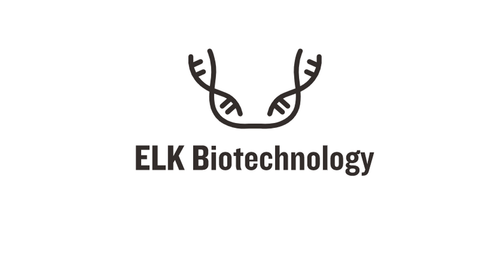Product Description
Human Platelet endothelial cell adhesion molecule (PECAM1) ELISA Kit | AE28057HU | Abebio
Species Reactivity: Human (Homo sapiens)
Abbreviation: PECAM1
Alternative Name: CD31; FLJ58394; PECAM-1; CD31 antigen|CD31/EndoCAM|PECAM-1; CD31/EndoCAM|adhesion molecule
Application: ELISA
Range: 0.156-10 ng/mL
Sensitivity: 0.156-10 ng/mL
Intra-Assay: ≤4.9%
Inter-Assay: ≤9.0%
Recovery: 1, 02
Sample Type: Serum, Plasma, Other biological fluids
Detection Method: Sandwich
Analysis Method : Quantitive
Test Principale: This assay employs a two-site sandwich ELISA to quantitate PECAM1 in samples. An antibody specific for PECAM1 has been pre-coated onto a microplate. Standards and samples are pipetted into the wells and anyPECAM1 present is bound by the immobilized antibody. After removing any unbound substances, a biotin-conjugated antibody specific for PECAM1 is added to the wells. After washing, Streptavidin conjugated Horseradish Peroxidase (HRP) is added to the wells. Following a wash to remove any unbound avidin-enzyme reagent, a substrate solution is added to the wells and color develops in proportion to the amount of PECAM1 bound in the initial step. The color development is stopped and the intensity of the color is measured.
Product Overview: CD31 is a cluster of differentiation molecule. It is also called PECAM-1 for platelet endothelial cell adhesion molecule. It plays a key role in removing aged neutrophils from the body. Macrophages palpate any passing neutrophil and have to decide whether the cell is healthy or has to be ingested. In humans, the gene encoding CD-31 is found on chromosome 17. If a neutrophil is dying, it will have phosphatidyl serine in its plasma membrane. Both the neutrophil and the macrophage express CD-31 on their membranes, and, during the testing process, these CD-31 molecules bind the two cells together. If the neutrophil is healthy, it will now fire a signal to the macrophage, and the CD-31 molecules will detach. The neutrophil is now free.
Stability: The stability of ELISA kit is determined by the loss rate of activity. The loss rate of this kit is less than 5% within the expiration date under appropriate storage condition. The loss rate was determined by accelerated thermal degradation test. Keep the kit at 37°C for 4 and 7 days, and compare O.D.values of the kit kept at 37°C with that of at recommended temperature. (referring from China Biological Products Standard, which was calculated by the Arrhenius equation. For ELISA kit, 4 days storage at 37°C can be considered as 6 months at 2 - 8°C, which means 7 days at 37°C equaling 12 months at 2 - 8°C) .
 Euro
Euro
 USD
USD
 British Pound
British Pound
 NULL
NULL








